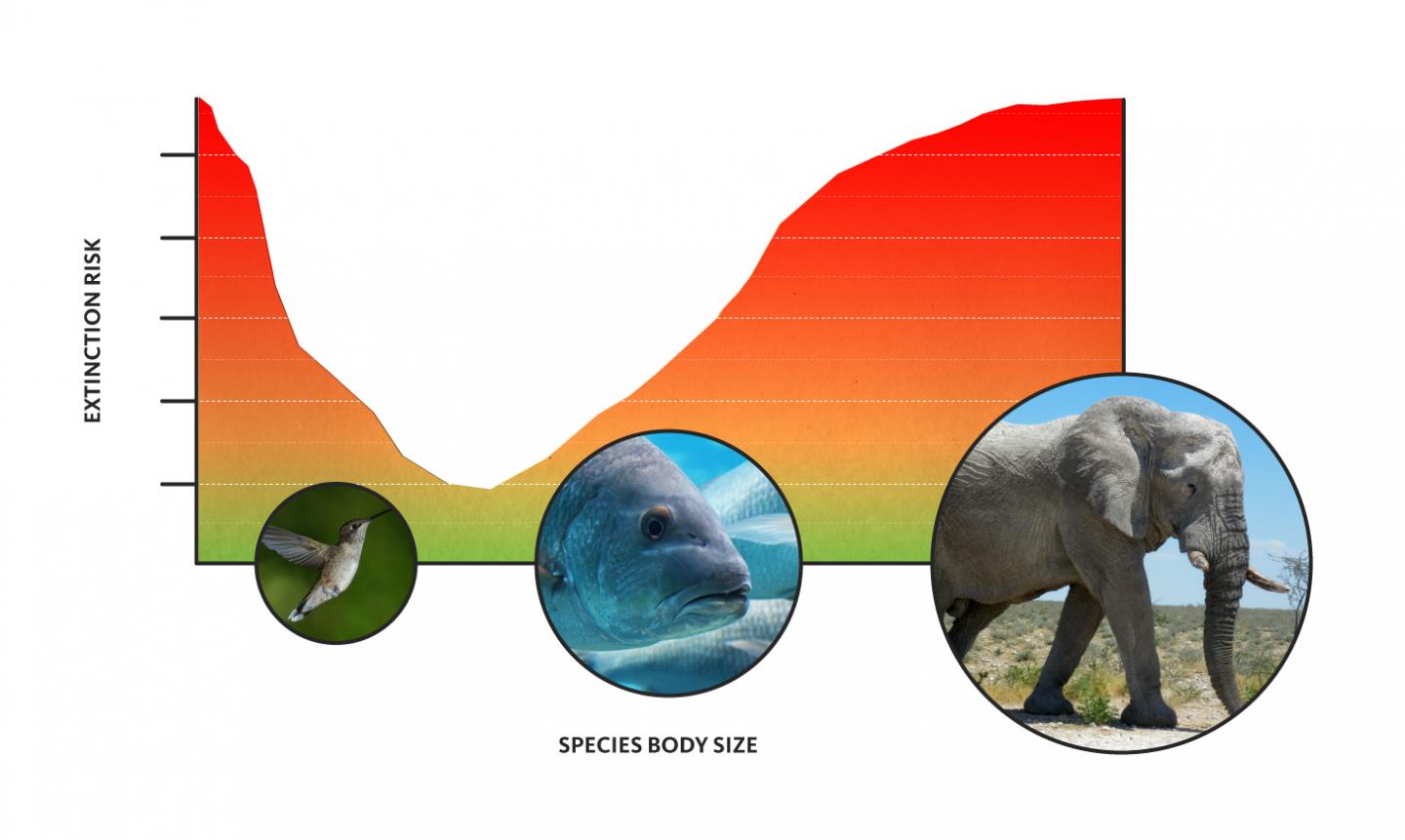Podcast: Play in new window

BOB HIRSHON (host):
Sizing up extinction. I’m Bob Hirshon and this is Science Update.
Animal extinctions today are happening up to a thousand times faster than normal. Oregon State University ecologist William Ripple and his colleagues compared 27,000 species of vertebrates, including over four thousand that are endangered, to see what factors make animals vulnerable. In the Proceedings of the National Academy of Sciences, they report that size is critical.
WILLIAM RIPPLE (Oregon State University):
Both the largest and the smallest animals were at the highest risk for extinction.
HIRSHON:
Ripple says large species are at risk primarily because they are most likely to be killed by people, for food or sport. And especially small animals often have smaller distributions—so if a just a little habitat is lost, an entire species could be wiped out. Ripple says the more we know about what makes species vulnerable, the better able we’ll be to protect them. I’m Bob Hirshon, for AAAS, the science society.
Story by Bob Hirshon
